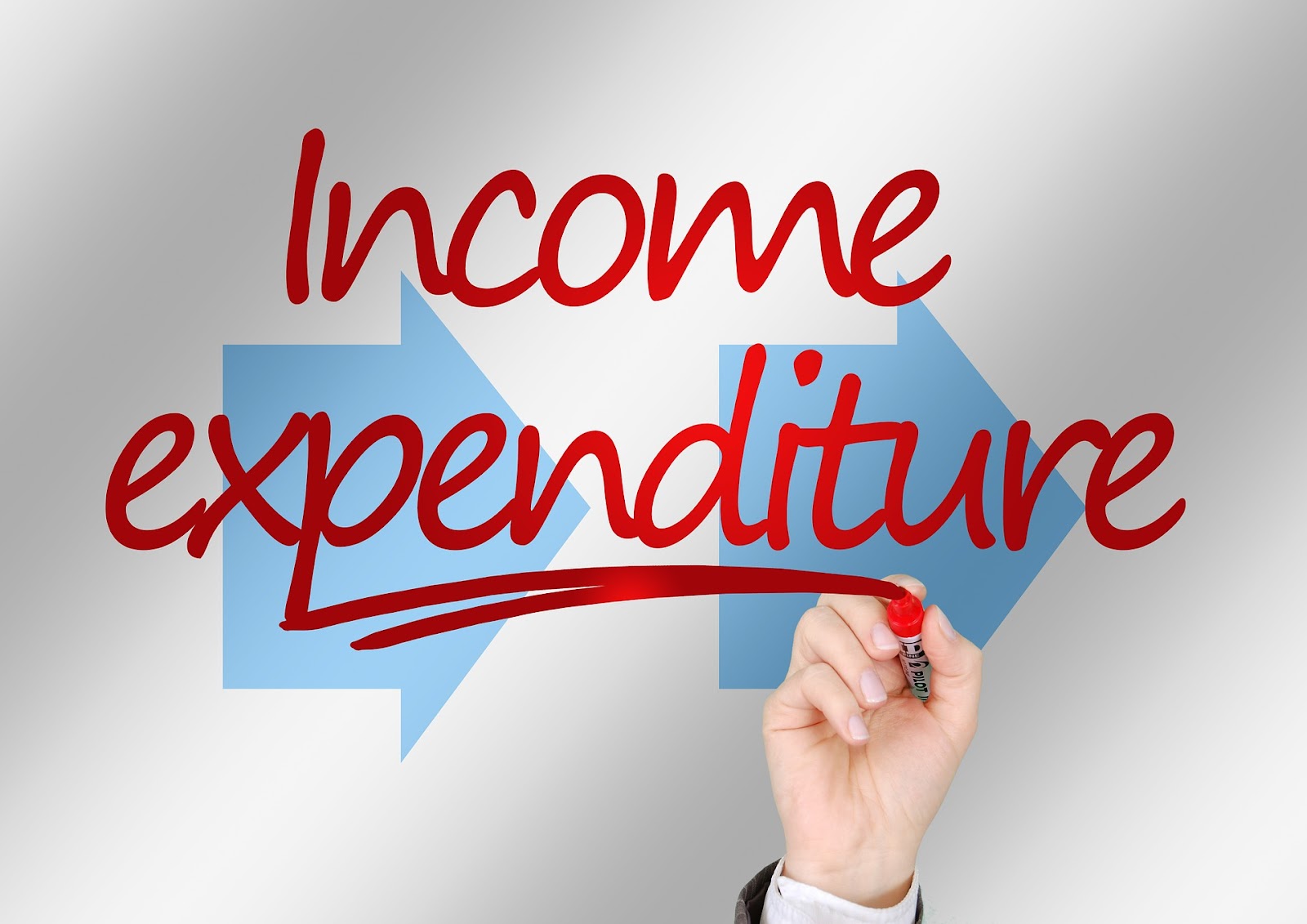Not quite ready to sell?
Subscribe to receive the latest resources for small business owners.
Looking to sell your landscaping business but unsure of how to calculate the company’s value? Or, are you perhaps in the market for a landscaping business, and would like to know if a quoted sale price is fair or not?
As seasoned business brokers who specialize in the landscaping industry, we can confirm that you’re already starting off on the right foot. Business valuation is inarguably one of the most fundamental steps for both sellers and potential buyers. This is how you take the guesswork out of the sales process and avoid getting outfinessed during price negotiations.
Here’s the kicker, though. Determining the value of your business is not as simple as, say, looking up the market rates for single assets. It’s also not one of those matters that’s entirely left to the discretion of a willing seller and a willing buyer.
It’s a rather technical procedure that happens to involve a variety of calculations - each with its own rules and arithmetic formula. Fortunately for you, though, we’ve compressed it all into a simple and digestible roundup - complete with relevant insights into valuing all sorts of landscaping businesses.
Though this blog will shed light upon the details of valuing a landscaping business, keep in mind that you can save yourself all the trouble by taking advantage of Beacon’s free complimentary valuation. You’ll be pleased that it’s powerful enough to accurately work out your business valuation based on over 150 data points.
What Is Business Valuation?
As we discussed in greater detail in the Seller’s Guide to Small Business Valuation, the purpose of a business valuation is to break down the many different components of a company in terms of dollars and cents. It essentially takes the history, wellbeing, and overall state of a business, and then expresses all of that in the form of a monetary figure.
If you prefer to be a bit more technical, you can think of a business valuation as a logical procedure for establishing the fair market value of a business - which, according to the Internal Revenue Service, means a reasonable sale price agreed on between a willing buyer and willing seller, with both parties being fully aware of all the pertinent facts.
The review process usually takes into account several factors about the business. Some of the principal ones include:
Cash flow.
Projected earnings.
Private equity.
Trade activities.
Management team.
Equipment.
Properties.
Intangible assets.
Share price.
Accounts receivable.
Accounts payable.
Intangible assets.
Company liabilities.
Company structure.

The business valuation process involves multiple parameters.
Make no mistake about it, though. A business valuation isn't meant to generate a universally-static purchase or sale price. Rather, the value of the business is typically expressed as an estimate - where the outcome is dictated by the evaluation criteria, the objective of the analysis, and the party conducting it all.
If you happen to be the seller, for instance, your business broker will be aiming to establish the highest possible price that you can fetch from the right buyer.
On the side of the potential buyers, the hired business brokers would, in contrast, focus their assessment on the lowest possible purchase price.
But, the disparities in value are not restricted to the business sale process. Even across other verticals that commonly employ business valuation, the findings still vary based on the objective at hand.
When it comes to tax reporting, for example, you can expect company accountants to skew towards the lowest possible value. But, if you’re planning to fundraise, you’d want to raise at the highest possible value to minimize dilution.
Other than that, business valuation is used to appraise companies during monetary disputes, partnership agreements, or merger discussions. They’re also great for tracking the general health of the business.
How To Value a Landscaping Business - The 3 Valuation Methods For Buyers and Sellers
If you’re seeking to buy or sell a landscaping company, there are three popular methods that you could use to accurately value the business:
Multiple of earnings method.
Adjusted net asset method.
Market approach.
These can be applied by both buyers and sellers across different types of businesses in the landscaping industry - lawn care, mowing, irrigation, gardening, design, tree cutting, you name it.
While you’re at it, however, you’ll notice that the business valuation results are not consistent across the three methods. They tend to generate different findings since each approach uses its own unique assessment criteria and formula.
Now that begs the question - which of the three should you really count on when it comes to a landscaping business valuation?
Well, the truth is, there’s no ultimate “right” method here. Each of the valuation approaches has its own distinct set of merits of demerits. Hence, whichever you choose is entirely up to you and the parameters surrounding your business sale process.
It’s worth noting, nonetheless, that there’s a specific system of optimizing the three to increase their accuracy levels. But, before we reveal the trick, let’s explore each of the methods in detail.
#1. Multiple of Earnings Method
Also known as the Income Valuation method, the Multiple of Earnings is a dynamic formula that works out how much a business is worth based on its future earnings potential.
You’re basically required to calculate the expected cash flow and net profit in the form of EBITDA or SDE, and then combine that with their corresponding implied valuation multiples. What you subsequently get as the final result is the value of the business.
Seller’s Discretionary Earnings (SDE)
SDE stands for Seller’s Discretionary Earnings. This refers to the total financial proceeds that the sole owner of a business can expect to generate from their establishment.
It takes into account your pre-tax profits, on which you should add your earnings interest, along with the depreciation and expenses. The expenses we’re talking about here include even one-time expenses, utilities, rent, salary, as well as personal and travel costs.
The sum of all these should give an indication of the combined financial benefits that you should look forward to as the new owner of the business. You can go ahead and learn more about SDE from our article on Understanding Seller’s Discretionary Earnings.

The Income Valuation method calculates the possible future earnings.
Keep in mind, however, that SDE is only applicable to small businesses with single owners. So, you can go ahead and leverage it when valuing those landscaping businesses that happen to be established as sole proprietorships.
Earnings Before Interest, Taxes, Depreciation, and Amortization (EBITDA)
Larger businesses, on the other hand, are best evaluated using what is commonly known as EBITDA.
EBITDA stands for Earnings Before Interest, Taxes, Depreciation, and Amortization. It follows more or less the same formula as SDE, through which it evaluates medium-sized to large companies in terms of the cumulative sum of their net income, interest expense, depreciation expense, amortization expense, and taxes.
The businesses in this category usually have annual revenues of $3 million or more. And, as you’d expect, they come with all the corporation bells and whistles - shares, a board of directors, etc.
This essentially means that, unlike SDE, EBITDA doesn’t assume an owner-operated model or any form of owner’s pay for that matter.
Whichever you choose to use, nonetheless, please keep in mind that the valuation process doesn’t end with SDE and EBITDA. These are just indicators of the expected benefits, and they can only be converted into business values by multiplying the findings by their implied constants.
Implied SDE and EBITDA Multiples
If you’re working with SDE, for instance, you should apply an SDE Multiple to establish the fair market value of the landscaping business. The same applies to EBITDA - you ought to run it through a corresponding EBITDA Multiple to generate the business value.
Now, in case you’re wondering, none of these multiples are given from the word go. The figures are, instead, assumed based on a host of factors that collectively influence the future of a business - such as the business size, stability of the business, the period that the company has been in business, and the business industry or field.
The industry, in particular, is recognized as an exceedingly critical determinant, as it tends to affect the rest of the factors quite substantially. It’s the industry that hugely dictates the profitability potential and future survival of the business.
As such, you’ll find that SDE and EBITDA multiples tend to vary extensively across various industries.
In the landscaping and lawn care space, for example, the standard SDE Multiple ranges between 2 and 4. That means you can multiply your SDE result by either 2, 3, or 4 to establish the value of the business.
As for the EBITDA Multiple, a majority of the landscaping companies would fall between 5 and 7. Their multiple is higher than the SDE equivalent because such businesses typically show more growth potential than owner-operated establishments.
Hence, you can go ahead and multiply your EBITDA findings by 5,6, or 7 to complete the business valuation.
#2. Adjusted Net Asset Method
Contrary to the Multiple of Earnings approach, the Adjusted Net Asset Method doesn’t really go into all the business finances. What’s more, you won’t be relying on any form of profitability assumptions.
It is, instead, structured to establish the value of a business based on the combined market prices of its assets, minus the going rates for the corresponding liabilities. In simple terms, you just need to calculate the cumulative value of both the tangible and intangible assets and then subtract the total losses attached to the liabilities.

The Adjusted Net Asset Method takes into account the business assets and liabilities.
Some of the tangible assets you’ll find in a landscaping company include gardening equipment, trucks, office furniture, properties, fixtures, and hard cash.
Intangible assets, on the other hand, are basically non-physical items such as websites, patents, customer lists, service contracts, and trade secrets.
As for the liabilities, you could have piled-up expenses, a couple of commercial loans here and there, plus a series of outstanding amounts in the accounts payable.
Now, when it comes to business valuation, you could start off the Adjusted Net Asset process by listing all the assets and liabilities. You should then review them one by one to determine their individual costs according to the going market rates.
Once you’re done, you can proceed to add all the asset prices, before ultimately subtracting the corresponding sum of the liabilities. That’s all it takes to value a landscaping company using the Adjusted Net Asset method.
It’s worth noting, however, that while this approach is fairly straightforward, it has one major flaw. From the formula alone, it’s evident that you won’t be able to express the business value in terms of a company’s growth potential, the size of its customer base, or the quality of landscaping services.
Consequently, there’s an inherent risk of misrepresenting landscape businesses that happen to be listed as a Going Concern. This is the category of companies that are expected to remain stable and meet all their financial obligations for the foreseeable future, without the risk of collapse or liquidation.
On a brighter note, though, at least you can count on this valuation method when it comes to liquidating company assets. It’s the most suitable one for establishing how much you stand to gain after closing shop and selling off all the company assets.
#3. Market Approach
Third on the list is one of our very own favorites, the Market Approach.
While the other two methods review companies based on internal parameters, the Market Approach is more focused on the external factors that influence the value of a business.
The rule of thumb here is to analyze a company’s position in the business sale market by matching it against other identical entities that have already been sold.
To value a landscaping business, for example, you ought to weigh it against similar companies that have recently changed ownership. And if you’re looking to sell just the assets, you should alternatively focus on the service business practitioners who’ve sold the same range of items you’re looking to offset.
This is quite a reliable way to gauge how the market is responding to comparable business sale or purchase offers. So, in essence, you’ll be getting a real-life indication of what your landscaping business stands to fetch in the open market.

Market Approach reveals what’s awaiting in the market.
Usually, the more entities you manage to sample, the more conclusive your market study will be. And, to be specific, we typically advise both sellers and aspiring buyers to work with about five to ten comparable companies that have already been transacted successfully.
Two good resources for digging up such details are BizComps and PeerComps. Both of these platforms provide an extensive database of past small business sales, with records of the transactions going as far back as 1999.
Therefore, you should be able to even research across different subcategories of landscaping businesses.
If, for instance, you happen to specialize in maintenance, you might want to zero in on the transactions involving a similarly-sized landscaping and property management company. And if you’re into mowing, you ought to check out various sale records of companies offering lawn mower services.
Which Is The Best Valuation Method For a Landscaping Business?
Now that we’ve explored the three principal ways of valuing a landscaping business, which of them would you say is the most reliable?
Well, while we admit that we’re particularly fond of the Market Approach, being experts in business brokerage has taught us this one thing - that there’s no single business valuation method that is universally superior to the rest. Each has its own advantages and disadvantages.
But then instead of taking that as a limitation, we methodically combined the three methods to form a foolproof business valuation strategy.
And we didn’t stop there. Beacon’s business valuation process is now built to comprehensively analyze companies on more than 150 relevant data points.
You don’t have to take my word for it, though. Here’s a complimentary opportunity to try it out for yourself and get on your way to selling your business.
Not quite ready to transact?
Subscribe to receive the latest resources for small business deals.

Davis Porter is an extensively published business author who, for over a decade now, has deeply specialized in B2B commerce, finance, digital marketing, and business tech. While he was always intrigued by the intricacies of entrepreneurship, it is his Business Management degree that ultimately sparked his burning fascination for examining and resolving incessant challenges in business/finance.
Information posted on this page is not intended to be, and should not be construed as tax, legal, investment or accounting advice. You should consult your own tax, legal, investment and accounting advisors before engaging in any transaction.

Calder Capital

Sam Domino


